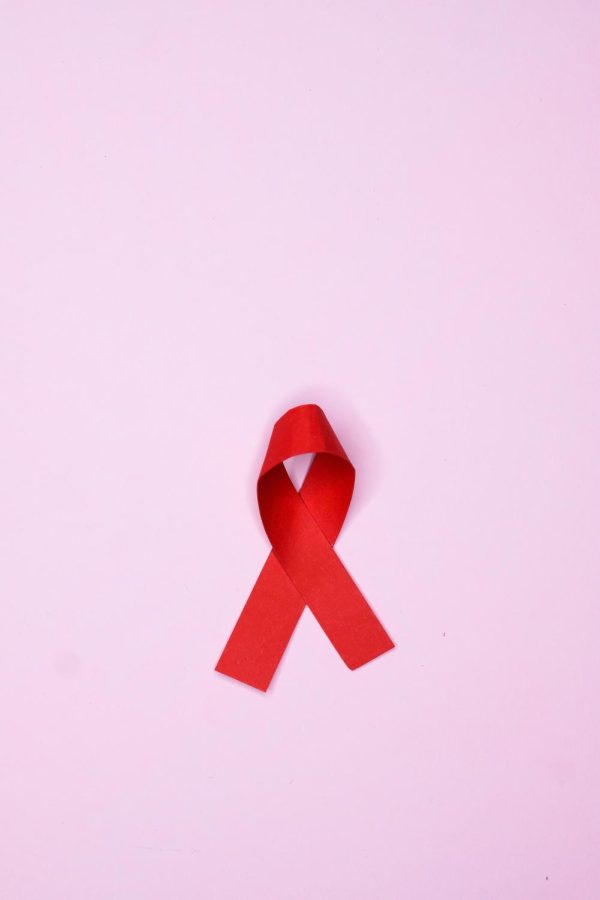Novel HIV Treatment
Now a decades-old epidemic, HIV/AIDS first emerged in the United States in 1981, with present day cases reaching over one million Americans. Despite political and organizational efforts to find a treatment for HIV, few patients have been completely cured. In fact, before this year, only two individuals had ever been successfully cured of HIV.
Timothy Ray Brown, also known as the “Berlin Patient”, was cured of HIV in 2008, through a bone marrow stem-cell transplant from an individual who carried a mutation that prevents HIV infection.
In a bone marrow transplant, a donor’s blood is introduced into the patient’s bloodstream where the desired blood cells will multiply. In 2019, Adam Castillejo, the “London Patient” was similarly cured of HIV through a stem-cell transplant. These cases achieved international attention and stood as a sign of hope for HIV patients, a source of motivation for continuing HIV research.
Recently, a middle-aged woman, unidentified by name, became the third person to be cured of HIV. Just like Mr. Brown and Mr. Castillejo, this woman received a stem cell transplant from a patient with genetic resistance to HIV. However, the source of her stem cell transplant was quite novel — rather than using stem cells from bone marrow (as Mr. Brown and Mr. Castillejo had used) this woman used stem cells from her donor’s umbilical cord.
While the exact science behind the success of cord blood stem cells is foggy, there are several clear benefits for using cord blood over bone marrow.
First, bone marrow cells require a very close match between the donor and the recipient, whereas umbilical cord stem cells require a less precise match. This is important because most donors are Caucasian, so using an incomplete match will allow for a diverse demographic to be treated.
Historically, bone marrow transplants have been dangerous and invasive, and patients like Mr. Brown and Mr. Castillejo experienced intense side effects after their bone marrow transplants, including hearing loss, infections, and near-death experiences.
When using cord blood however, there were no such consequences. The woman left the hospital without those catastrophic side effects and still has no trace of HIV in her blood tests.
“There’s something magical about these cells and something magical perhaps about the cord blood in general that provides an extra benefit,” says Dr. Steven Deeks, an AIDS expert at the University of California, San Francisco.
This groundbreaking treatment provides hope for the millions of HIV patients worldwide and may be an integral part in understanding how HIV research can begin to eradicate this devastating disease, one which has been afflicting patients across the United States for over 40 years.

Hannah, a senior, is excited for her fourth year in the Harriton Banner! As a returning Science & Tech section editor, she is excited to continue reading...


